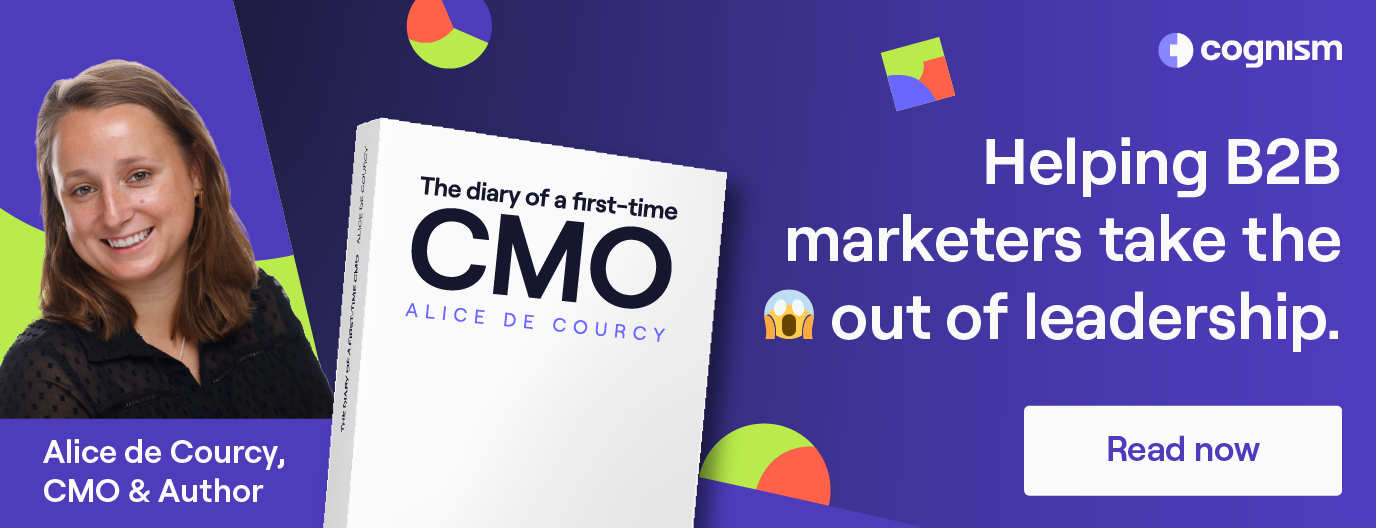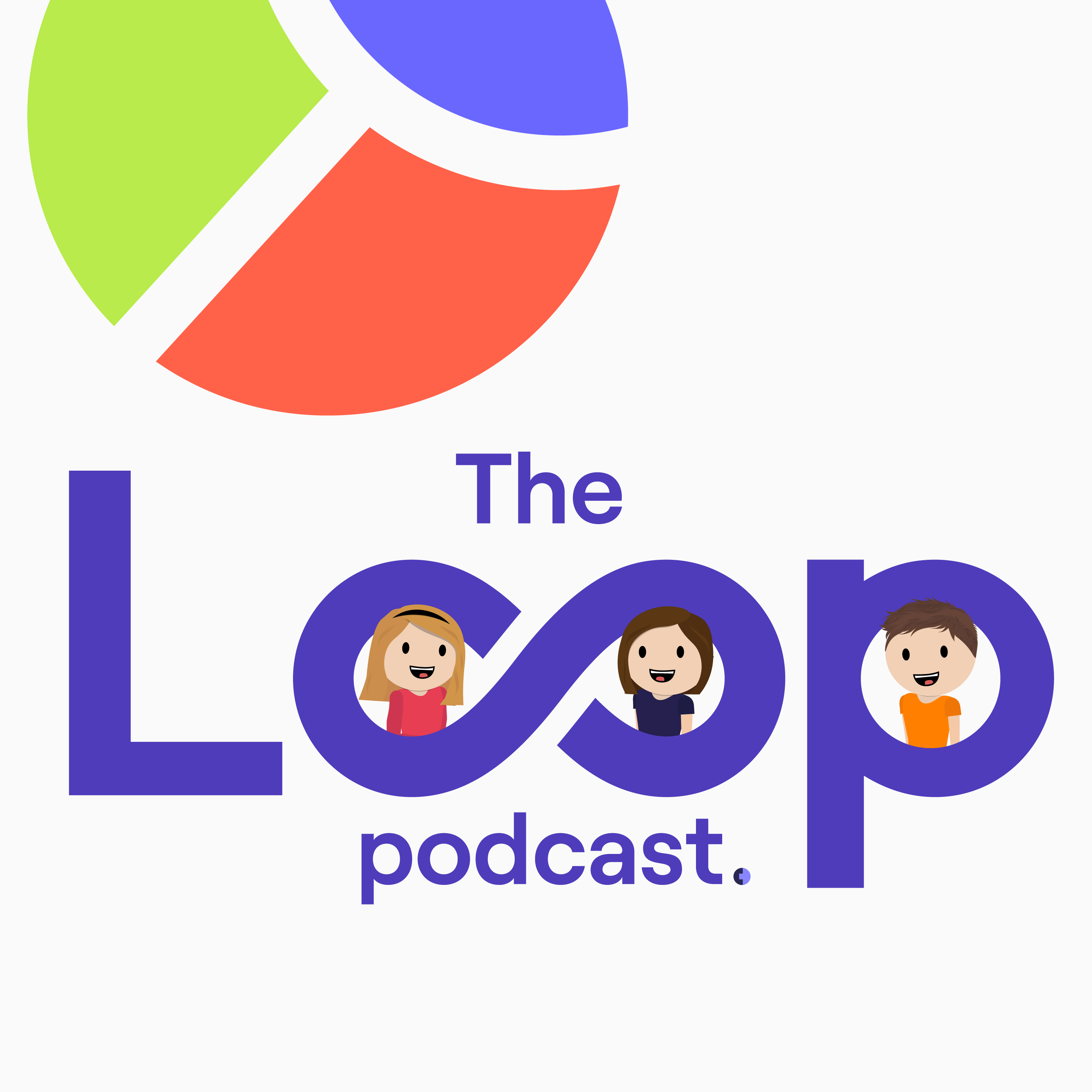What is Demand Generation? Definition, Strategies & Benefits
Demand generation is the entire range of B2B marketing and sales initiatives that generate interest in your company’s product or service.
But it’s not just about discovering prospects that already exist.
It’s about stimulating interest in people who know nothing about you. The most effective demand generation strategies concentrate on the problems that prospects face and then supply solutions.
In this article, you’ll find:
- Demand generation definition.
- Best ways of creating demand.
- How to build a demand gen strategy and measure its success.
In B2B marketing, demand generation is the process of increasing awareness and demand for your product or service. The goal is to expand your audience, build authority, and generate interest in your brand, resulting in high-quality leads.
Demand gen covers a wide range of activities that start before you identify a prospect. It doesn’t end once the prospect has converted and signed on as a customer.
For effective demand marketing, you need alignment and transparency between your sales and marketing functions. Both teams must be able to identify gaps or blockages in the process.
Learn more about building a B2B demand generation strategy from the video below 👇
Demand generation vs lead gen
While demand generation aims to attract new visitors to your brand and build your reputation as an expert in the industry, lead generation focuses on converting newly attracted prospects.
Demand generation is about making more people aware of your brand and interested in what you have to offer. It’s about sharing knowledge and information so potential customers will recognise your company as a leader in the field.
In contrast, lead generation is about getting those people who are now aware of your brand to sign up for more info or provide their contact details.
Cognism CMO Alice de Courcy discusses our switch from lead generation to demand generation in her book, Diary of a First-Time CMO Volume One.
She said:
“My advice when it comes to moving from lead gen to demand gen is to break it into manageable parts. By doing this, you’ll set yourself up for success. You don’t need to make the full switch right away. We didn’t, and I wouldn’t recommend you do that either.”
Alice's advice is not to change the MQL model just yet. Instead, start by:
Things you can do right away that don’t involve changing from an MQL model, such as:
- Utilising a subject matter expert for your content.
- Optimising the content you share on your LinkedIn organic channel - move from promotional to value-led.
- Upping your game on ‘product’, ‘BOFU content’.
- Building your own media machine and subscription channels: podcast, newsletter, YouTube channel - pick what makes the most sense for your audience.
- Changing the way you think about your blog: Not a place where content goes to die and is shared once on LI organic. It becomes the hub of searchable content for the media machine you are building. It is subject matter expert-led, it’s timely, it’s journalistic and it’s written by experts that are finding the trends from dark social.
- Diversifying your content output formats.
Keen to learn more about demand generation from Alice? Read volumes one and two of her CMO diaries here 👇
What are the best demand generation strategies?
A strong demand generation program produces engaging, high-quality, authoritative content that attracts your ideal customers. Let’s examine the top demand gen tactics you can include in your B2B marketing strategy.
1. Content marketing
According to the 2023 B2B Buyers Survey:
“The best way for practitioners to demonstrate their solution’s value is through content, which 81% of buyers said had a significant impact on their buying decisions."
There are many types of content you could choose to generate demand for your business. For example:
- Blogs – articles on your website that educate your audience and help you get found on Google.
- Videos – YouTube content that explores your product or topics relevant to your target audience.
- eBooks – long-form textbooks or whitepapers that you can give away on your site, either gated or ungated.
- Podcasts/webinars – deep dives into specific industry themes or product features, normally with external guest speakers.
- Industry insights – inviting industry influencers to contribute to your content and promote it to their networks.
Whatever mediums (e.g. an email signature) you choose to create content on, make sure your content answers the questions your ideal customers are asking.
What does a DG content strategy look like? Find out in this video from Cognism’s demand gen playbook 👇
2. Account based marketing (ABM)
Running account based marketing campaigns is an excellent strategy for B2B demand generation. Why?
Because it focuses on a narrowly defined audience, the ITSMA Survey found that companies using ABM saw an 84% rise in reputation score and a 74% improvement in customer relationships.
This approach lets you drive demand with specific companies and individuals, which delivers better results down the sales funnel. You can run ABM campaigns, email marketing, LinkedIn ads, or direct email. They’re cost-effective ways to get into your ideal customer’s inbox.
Here are some of the demand gen best practices you should follow while using this strategy:
- Use your content and account based marketing data to build an email list.
- Segment your list into precisely-targeted groups.
- Then use email marketing automation software to initiate sequences of emails that keep your prospects thinking about you.
Track the responses to your emails and always look for ways to improve results.
Alice said:
“We’ve created a strategy that incorporates our demand generation approach in a targeted way. Here’s a quick rundown:
The first stage of any ABM activity is to have an ICP. Since our target account list contains thousands of companies, I felt we needed more information to be as targeted and strategic as possible.
I wanted to run a revenue analysis and segment breakdown to get a better view and a more honed-in account list on which to base our activity.
So we conducted a revenue analysis to determine the industries from which we generate the most revenue (where we have the best product market fit) and the company segments with which we have the most success.
We then combined these criteria with the target account list. And voilà - we had a much better list, containing our targets and where we were most likely to win as a starting point for our ABM.
An important part of the target identification process came from changing who had responsibility for creating the lists.
Instead of sales dictating which accounts they wanted marketing to go after, we gave our recommendations to sales, who then validated them.
When we first started out, we did this process the other way around, but we found that it was too ad hoc and lacked any real strategic process.
Today, we use Qualified to develop recommendations for tracking target accounts, measuring their level of engagement, and identifying which companies are engaging with our ads and high-intent website pages.
This allows us to be hyper-focused and select the most active accounts.”
When building your own demand gen ABM campaigns ask:
- Have we spoken with the account before? If they were previously closed-lost, then why?
- What does current activity look like on the company level? What web pages are being visited?
- Can we use Qualified to identify any user activity so we can then tailor content per persona? For example, a UK Sales Director has visited a blueprint on commission plans.
- What ads are being engaged with?
- What personas are most active?
You can learn more about Alice’s approach to ABM in this chapter of her CMO diaries.
You might be interested in learning more about Cognism's top demand generation examples. Here, we go more in-depth about the strategies Alice and team team have implemented.
3. Paid advertising
Paying to be where your ideal customers spend their time online is one of the fastest ways to generate demand.
You can promote your content with pay-per-click (PPC) ads that place you at the top of Google when someone searches for your chosen keyword. Or you can pay to show up in your ideal customers’ social media feeds.
Platforms like Google and Facebook offer comprehensive analytics on the back end, so you can easily see what’s working and what isn’t.
For Cognism, paid plays a pivotal role in our demand gen strategy. By doing the following:
- Cleaning up Google Ads.
- Restructuring remarketing campaigns to last 90 days.
- Identifying ICP and aligning strategy to focus on them.
- Auditing LinkedIn Ads.
Sign up for the best demand gen insights delivered straight to your inbox! 📥
Tips for better demand generation campaigns
Demand generation covers such a wide range of activities that there’s no one-size-fits-all. But here are three tips for successful demand gen programs.
1. Know your customer
Create an Ideal Customer Profile (ICP). This will be the north star for all your demand generation strategies. Make it as narrow as possible so you can craft a message that speaks to their pain points.
2. Track everything
Measure as much as you can and reflect on your results. Double down on what works and cast off what doesn’t. Tech is here to help you with demand generation reports.
3. Have a great site
Your website will be your ICP’s first port of call after consuming your content. Make sure it shows you and your brand in the best light.
Demand generation metrics
Every organisation will focus on slightly different marketing metrics. Here are three KPIs you can track to measure demand gen success:
1. Cost per acquisition (CPA)
The average cost of winning one paying customer. You will have a CPA for your entire demand gen operation, but you can also narrow it down to get a CPA for individual lead sources or activities.
2. Customer lifetime value (CLV)
The average net profit one customer will bring into the company during their time with you. Raising the CLV is where your sales function and customer success team can make a difference.
3. Demand gen cycle length
The average time from identifying a lead to turning them into a customer. The goal is to shorten this time as much as possible.
Who does demand generation?
Demand generation activities are usually executed by your marketing or sales teams, depending on where each activity sits in your sales strategy.
The demand generation manager’s job is to research your market, create and promote your content, and fine-tune the customer experience with your brand.
However, other activities, such as lead nurturing and customer retention, will be the responsibility of your sales (or Customer Success) teams.
That’s why demand generation specialists need to use their skills and strategic knowledge to find ways to align with other teams across your organisation. Teamwork will help you conquer new markets!
💡Learn more about creating demand generation teams here!
Demand generation software
There are hundreds of demand generation tools to help you make your campaign work better. To help you get your head around them, we curated the following lists of tools:
- The ultimate B2B marketing tech stack
- The ultimate B2B sales tech stack
- B2B marketing software
- The best B2B sales tools
- Best demand generation tools we tested
Demand generation FAQs
Demand generation in B2B marketing focuses on creating awareness and interest in your products or services. It starts with a broad audience and narrows down to nurture prospects into customers.
Key strategies include:
- Creating and promoting educational content like blogs and webinars.
- Targeted advertising.
- Aligning marketing and sales efforts.
The goal is to build a pipeline of leads to enhance market presence and business growth.
A B2B tech company might host educational webinars and publish blogs about industry challenges, showcasing their solutions and expertise.
They could also use paid advertising, like PPC ads on Google and targeted social media campaigns, to ensure their content reaches a wider audience.
This combination of content marketing and paid media effectively generates demand by attracting and nurturing leads.
Demand generation is about raising awareness and interest across a broad audience using free, ungated content like blogs and webinars. It’s focused on educating the market and establishing your brand’s presence.
In contrast, lead generation uses direct marketing tactics like gated content and contact forms to capture details from a more specific audience already familiar with your brand, moving them closer to a purchase.
Begin by understanding your target audience’s challenges and interests. Develop a content strategy with various formats like blogs, videos, eBooks, and webinars to educate your audience about your brand and solutions.
Use a mix of marketing channels like social media, email marketing, and SEO to distribute your content effectively. Successful demand generation involves delivering value through content and adapting strategies based on audience feedback and market trends.
How to use Cognism for demand gen
Once you’ve created your ICP, you need a comprehensive and accurate list of people that matches that profile. If you don’t, you won’t be able to build an audience, and you could be wasting your time trying to convert leads that don’t exist anymore.
Cognism allows you to create lists that exactly match your ICP, so all you need to concentrate on is crafting content that speaks to them. Use Cognism to launch your demand gen campaigns. The platform guarantees some of the highest email deliverability rates in the B2B industry.
Here's an interactive demo, showcasing how Cognism works for marketers:
Why read an essay about Cognism’s demand gen capabilities, when you could see the tool for yourself?
It only takes a second to register - click 👇 to get started.
Cognism’s demand generation course
So, you’ve got a taste of demand generation. Ready to take it a step further?
Dive into Cognism’s exclusive 8-module demand generation course. We’re talking everything from mastering paid ads to nailing your SEO, creating value-led content, and hosting webinars, events, and podcasts.
And guess what? It’s totally free and ungated!
Start mastering demand generation today 👇



